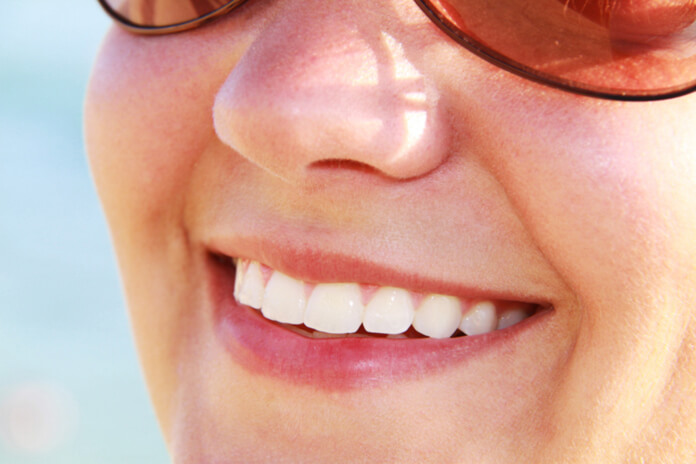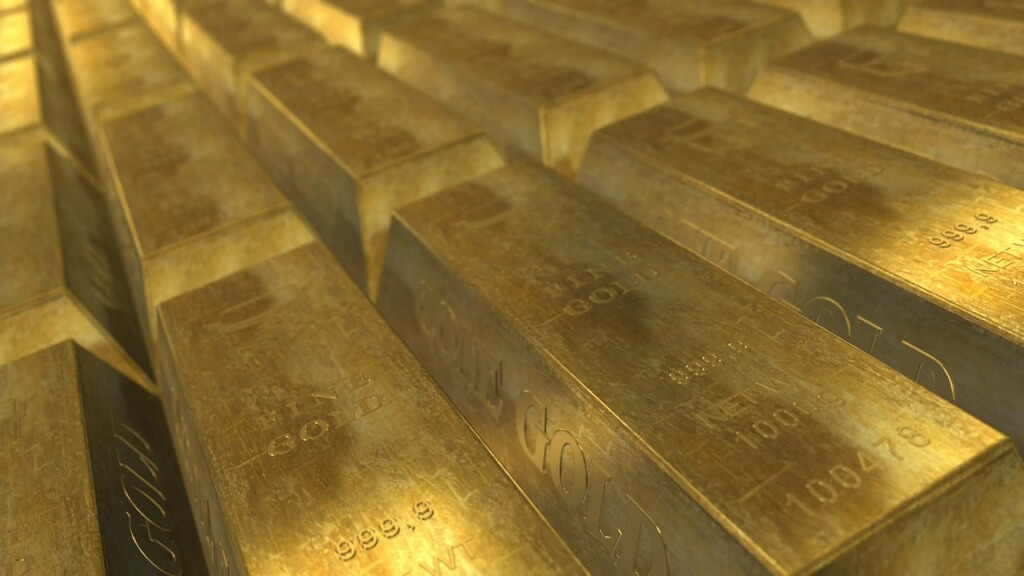
The golden age of “grillz” seems to finally be over and the aspiration for a set of pearly whites, which have made Procter & Gamble billions, is just bad news for the gold industry.
Until about ten years ago, there were roughly 67 metric tons of gold, worth approximately $2.7 billion today that were being used in dentistry—to fill, cap, crown and even decorate teeth worldwide each year. In the past five years, however, demand for the yellow metal for dentistry purposes has dropped by nearly 60% according to the World Gold Council, largely due to the popularity of a pristine, white smile.
Gold teeth as a status symbol
Previously gold, and to some degree silver as well, were commonly used by dentists. Many years ago, a gold tooth in the front of your mouth was considered a status symbol. As early as 630 BC, the Etruscans made dental bridge from gold. In ancient times, women would purposefully have one or two incisors removed, replaced by golden prosthetics. Ouch.
Changing patient preferences

Recently, however, having a uniformly white smile has set the bar for success, causing a decline in the demand for gold and gold teeth. New dental cements and ceramics have also added to its regression. And despite the fact that gold prices surged in 2016, patients are rarely interested in having it in their mouths.
Chew Chong Lin, professor of prosthodontics at the National University of Singapore says,
“Long ago, having a gold tooth at the front was some kind of a status symbol. As time went by, cosmetics took over, and therefore, people began wanting to have crowns with a more tooth-like appearance.”
In 2015, the London-based Gold Council estimates that gold demand in dentistry fell by one ton, or 5%, to 18.9 tons. Patients are increasingly preferring materials that blend with other teeth. Coupled with changing preferences is the fact that whitening products and procedures are a megatrend that doesn’t seem to be slowing down anytime soon.
P&G, for example, introduced their “Crest Whitestrips” to the market in 2000. At the time, this was “the largest product introduction in the history of” the 179-year-old multinational company. It is estimated that Americans spend on average $420 million on over-the-counter products like Whitestrips to whiten their teeth.
Many dentists now say they rarely, if ever, use gold in the front teeth. For the back teeth, gold is an ideal material that is not only strong, but enables more of the existing tooth structure to be preserved. However, people are still not interested in having gold teeth that don’t blend with the rest of their mouth, even if its in the back.
Some dentists disagree with this. According to R. Balakrishnan, a dentist from Malaysia, “Gold should make a comeback as far as posterior restorations are concerned. When you have these crowns, they last you a lifetime.”
Rising gold prices aren’t helping
Coupled with changing preferences, the increasing rise of bullion prices is making gold less financially attractive as well. Between 2001 and 2012, the price climbed each year and the first quarter of 2016 was its largest growth yet.
A typical gold filling uses five to eight grams of gold. The price for that used to be in tens of dollars, now its measured in hundreds. That makes a big difference. Today, gold in dentistry makes up for less than 1% of total global demand and you are much more likely to see it being used in the mouths of the older generation.
But hey, this could change. Anyone for a remix of American rapper Nelly’s famous “grillz”?

